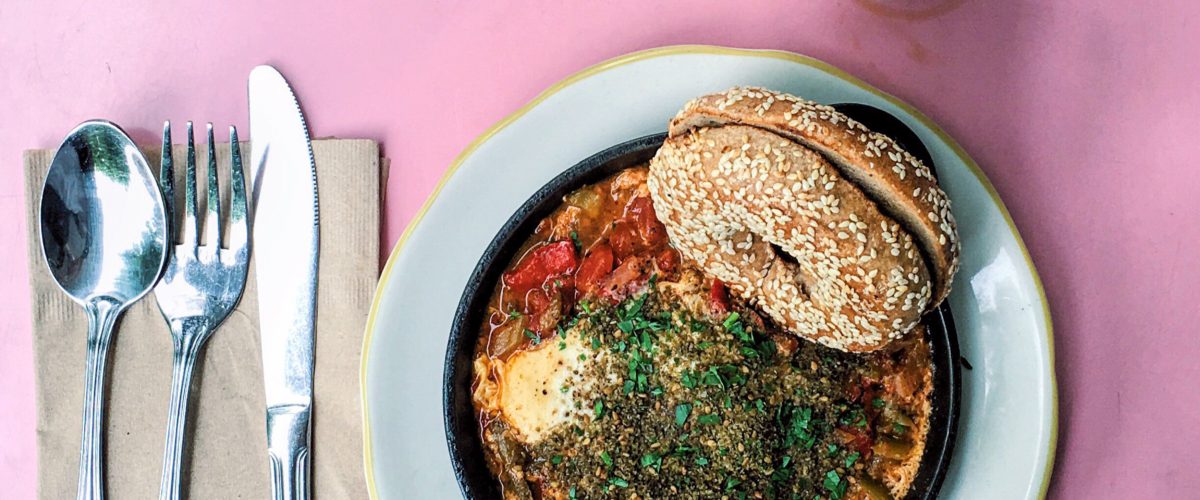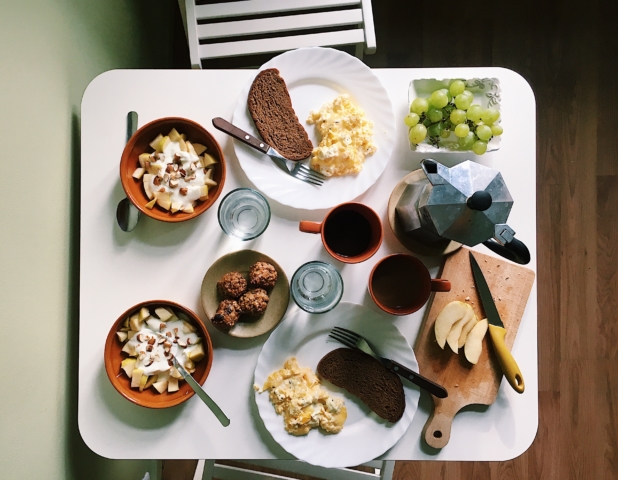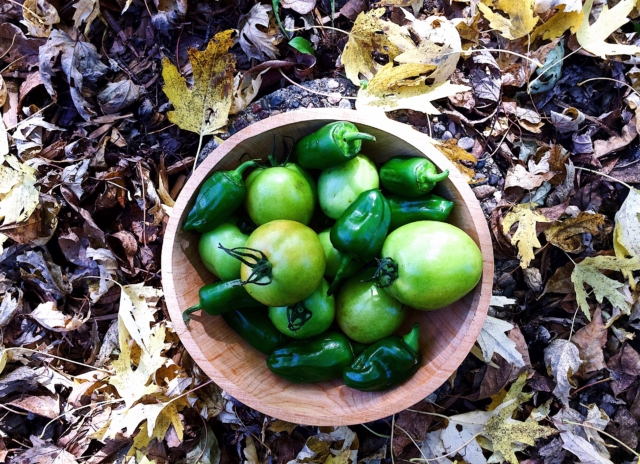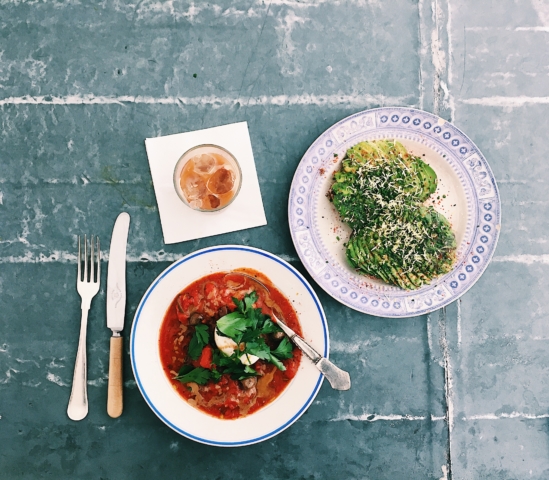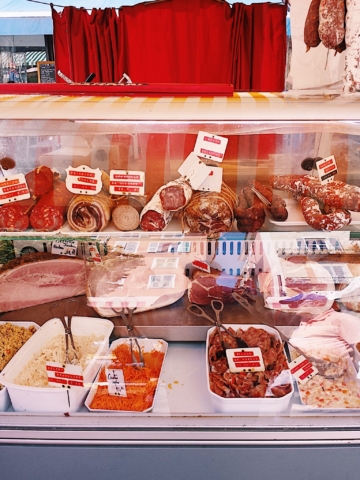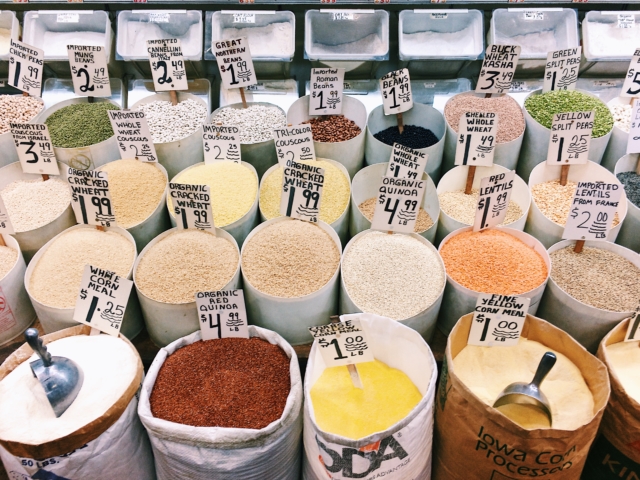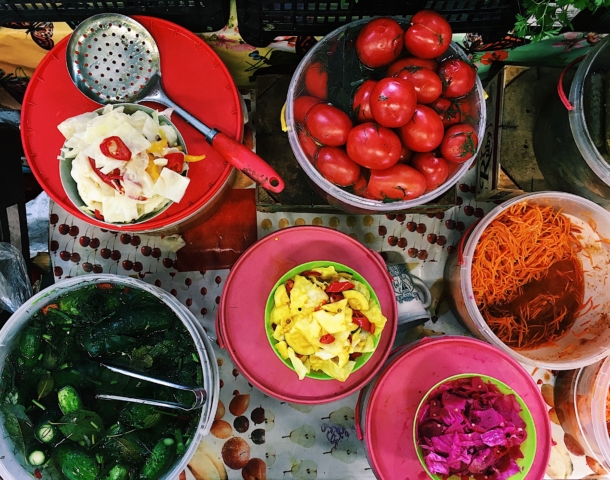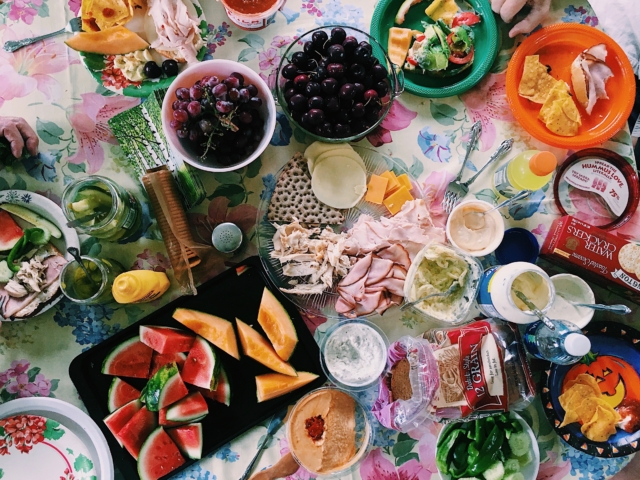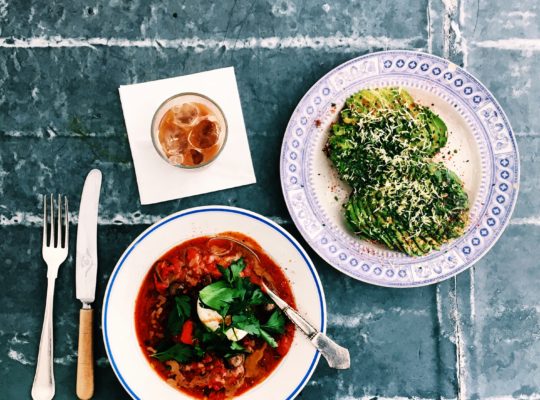On my kitchen’s bookshelf sits a cookbook called PLENTY. If you opened it to page 87, you would find a well-traveled page thickened with splatters of cumin-infused olive oil, smudged with evidence of being turned hastily in a cloud of onions, torn in places worn thin from heavy use, and loved the way all cookbook pages dream of being loved. This three-page spread tells the story of shakshuka, a North African dish that’s been a staple throughout Israel and the Middle East. At its simplest, shakshuka is a dish of slow-cooked tomatoes, onions, and spices topped with poached eggs. But to me, it is a divine dish worthy of culinary pursuit.
Shakshuka at home
I have cooked shakshuka countless times since encountering the recipe in Ottolengi’s PLENTY in 2014. If you looked at my instagram posts from this era, you’d know the depth of my obsession: skillets of varying sizes, bold reds and yellows of bell peppers, stately egg yolks, green splashes of cilantro and parsley, side dishes of olives and hummus, and loaves of bread for dipping. The aesthetic potential is overwhelmingly vast, not just in the food itself, but in the opportunities available while setting the table for a gathering.



Yotam Ottolenghi, the Israeli-born British chef and cookbook author, didn’t invent the dish, but by including it in PLENTY he played a part in bringing shakshuka to kitchens across the globe. His tomato-based recipe shares similarities with others but adds highlighted focus on the strips of bell peppers and the addition of saffron.
Before shakshuka, I’d only tasted saffron in Lussekatter, the traditional Christmas buns eaten in Sweden. But I am now a saffron enthusiast. Grown in only a few regions of the world, saffron threads are harvested by hand from the inside of a flower called the saffron crocus. Each flower holds just three threads of saffron. It takes 10,000 flowers to produce one ounce. Any spice worthy of such delicate treatment is one worth celebrating.
Discovering shakshuka boldly altered my cooking style. It empowered me to feel capable experimenting with new ingredients – andouille sausage, salsa verde, kale, spinach, chicken, roasted red peppers, chili oil, green tomatoes – all shakshuka successes. Shakshuka became my go-to dish — I cooked it for long meals with old friends, I cooked it to impress guys I was dating, I cooked it when visiting friends around the globe, and once I even cooked it in a crockpot for a potluck.
Shakshuka around the globe
In addition to cooking it, I also enjoy sampling shakshuka at other places. While in Oakland in 2016, a fellow food appreciator told me to go to Beauty’s Bagel Shop. When I saw shakshuka on their menu, I was sold.

I walked miles across Copenhagen that same summer to sample the shakshuka at Atelier September, a local favorite for Danes and foreigners alike.

And my favorite shakshuka experience of all time happened in the fall of 2015 while on a six hour layover in London. Determined to eat the real shakshuka at one of Ottolenghi’s restaurants, I set off in haste from my airplane. After clearing customs and boarding the Heathrow Express, I hopped on the tube at Paddington Station, got off at Piccadilly Circus, and walked to NOPI.
“I’m here for the shakshuka,” I told the waitress. My shakshuka arrived in a copper skillet, still sizzling, and topped with a smoky labneh that I will spend the rest of my days thinking about. Alongside the shakshuka, warm bread appeared on a wooden tray. To top it all off, I saw Yotam Ottolenghi himself. My morning at NOPI provided nothing short of a blue-ribbon feast, a crowning moment in my portfolio of lifetime culinary experiences.
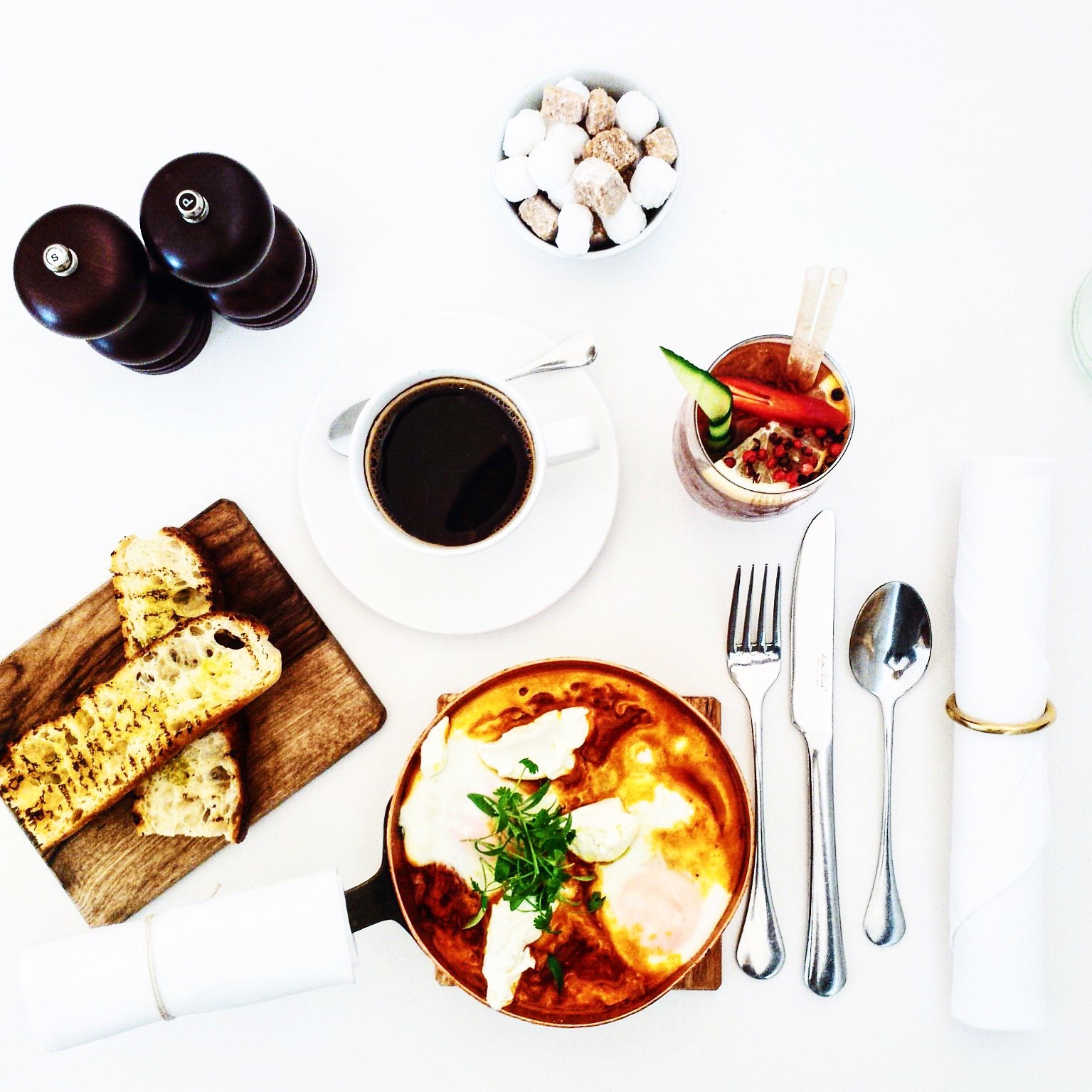
To you – readers, fellow cooks, diners, photographers, friends: find some vegetables, eggs, and saffron, grab a skillet, and get to work. Shakshuka awaits.
———————————————————————-
My personal shakshuka recipe as featured on feedfeed: https://thefeedfeed.com/shakshuka
Shakshuka with Basil & Fried Halloumi
I most often cook this for myself – so the recipe serves one. Just multiply for additional servings.
4 Tbsp olive oil
4 strips sliced halloumi
½ sweet onion, peeled and sliced
3 heavy shakes ground roasted red pepper
3 heavy shakes ground smoked cumin
1 bell pepper (red, orange or yellow), sliced
1 bay leaf
handful parsley, chopped
handful cilantro, chopped
handful basil, chopped
1 big, ripe tomato or ¾ cup halved cherry tomatoes
Pinch saffron – if you have it (which you should!)
Salt & pepper to taste
2 eggs
Dash smoked paprika, ground
2 Tbsp plain yogurt
handful of cilantro
- First, heat 2 Tbsp of olive oil in a skillet for frying the halloumi. Once sizzling, lay the four strips of halloumi in the pan. Fry until lightly browned and crispy on one side, then flip. Once both sides are cooked, remove from heat with a spatula on a paper towel to soak up the oil.
- Combine the leftover oil with 2 additional Tbsp of olive oil in a skillet on medium heat.
- Once warm, add the sliced onions and sauté for 2 minutes.
- Add in the roasted red pepper and smoked cumin.
- Add the bell pepper slices, the bay leaf, parsley, cilantro, and basil. Cook for five minutes.
- Turn to low heat and add the tomato, saffron, and salt and pepper. Remove the bay leaf. Cook for about 7 minutes or until the tomatoes start to juice. Add water in tsp increments if needed to get the sauce a bit runnier.
- Using a spatula, make two divots in the tomato mixture for the eggs.
- Crack an egg into each hole, salt, and simmer on low heat, covered, until the whites solidify but keep the yolks runny! (This took me years to perfect, it differs based on type of stovetop. Check every 30 seconds after they’ve cooked for about three minutes.)
- Once the eggs are done, remove from heat immediately. Top with a dollop of plain yogurt sprinkled with the smoked paprika, a handful of cilantro, and the fried halloumi.
- Enjoy with bread for dipping, cucumbers, cheese, hummus, olives, and lemons!

Elisabeth A. Fondell is a writer, potter, and food enthusiast living in the rural Midwest. She is currently working on Food Stories From Houston County, a project documenting stories of culinary resilience in Minnesota’s southeastern-most county through the Crystal Creek Citizen-Artist Residency.
Elisabeth began focusing on place-based food writing after receiving a grant from the Southwest Minnesota Arts Council to create a body of work celebrating the intersection of food and culture. See that exhibit here.

